There are six simple ways to assess the layout of a PCB:
1) PCB Traces
The external layers of the PCB traces are visible on the board, as they are covered with a solder mask (which is usually green) that protects the copper traces from oxidation and shorts. When assessing, the layout of the finished design, check that the traces follow straight lines with no sharp turns as this can affect the functionality of the board.
2) Decoupling Capacitators
Decoupling capacitators, which filter out high-frequency noise which affect various IC’s, will not be effective if positioned incorrectly on the PCB. Check that they are positioned close to the ICs pins that they are intended to decouple, as being too far away will reduce their effectiveness.
3) PCB Trace Lengths Equalisation
Some paired signals need to have carefully timed relationships, so their PCB trace lengths should be matched in the design. This guarantees that signals arrive with an equal delay and supports the relationship between the signal edges. You can check the schematics to assess if precise timing relationships are needed by signal lines: look for trace length equalisation, which usually appears as accordion style traces.
4) Component Placement
On the PCB, there should be a section dedicated for power supply regulation and control. This should be positioned away from sections that handle small signals. Inductors should be positioned away from one another to avoid coupling. They should be positioned perpendicular to each other if distance is not achievable.
5) Trace Width
Traces carrying high current should be carefully sized to reduce the chance of noise pickup problems, if they run parallel to the traces that carry small analogue signals. If traces are connected to inductors, they may behave like antennae and produce unwanted radio frequency emissions.
6) Grounds And Ground Planes
Check that the ground plane is split if the PCB has both digital and analogue sections, and are joined at a common point. Generally, more complex PCBs should have a minimum of four layers, with two for supply and two for the ground plane.
Talk To The Experts At HGL Systems
As a high degree of knowledge and experience is essential for PCB layout, it makes sense to partner with a specialist such as HGL Systems.
At HGL Systems, our experts use state of the art machinery, tooling, and software to produce prototype and low volume PCB production runs quickly and efficiently. To find out more or to tell us about your business’s needs, please get in touch today.


Follow Us